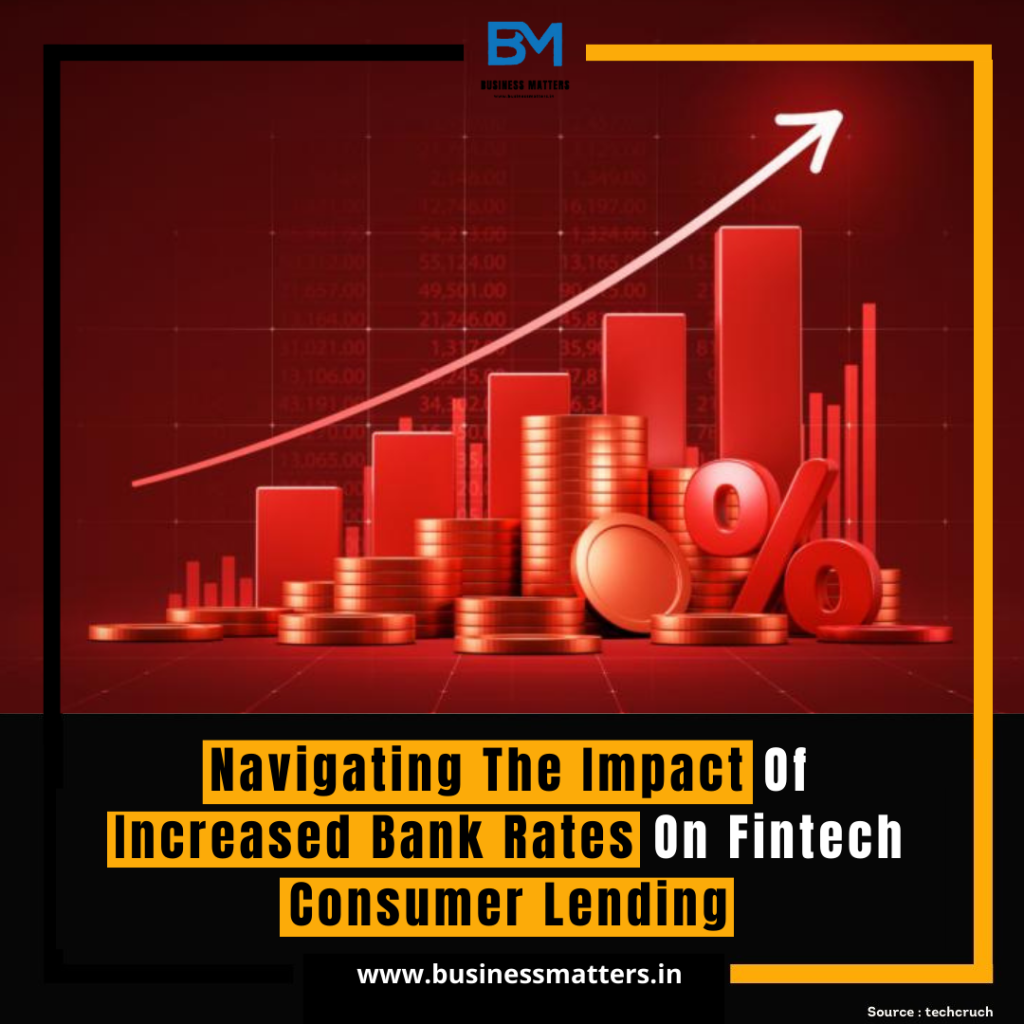The financial landscape is ever-evolving, and one of the key factors influencing it is the fluctuation in bank interest rates. In recent times, the increased bank rates have sent ripples across various sectors, including fintech consumer lending. This article explores the impact of rising bank rates on the fintech consumer lending space, shedding light on the challenges and opportunities that emerge in this dynamic environment.
**1. ** Cost of Borrowing: As traditional banks raise their interest rates, the cost of borrowing for fintech lenders also tends to increase. Fintech companies, which often operate with thinner margins than their traditional counterparts, face the challenge of balancing competitive loan offerings with the need to cover higher borrowing costs. This can lead to a potential shift in interest rates for consumers seeking loans from fintech platforms.
**2. ** Market Dynamics: Increased bank rates can alter the competitive dynamics within the lending market. Fintech lenders may find themselves reevaluating their pricing strategies to stay competitive while maintaining profitability. Understanding and adapting to these shifts in the market become crucial for fintech companies to sustain growth and customer acquisition.
**3. ** Risk Assessment: Fintech lenders heavily rely on data analytics and technology to assess the creditworthiness of borrowers. Higher interest rates may impact the risk profiles of potential borrowers, making it essential for fintech platforms to recalibrate their risk assessment models. This adaptability is crucial to mitigate the potential impact of increased default rates.
**4. ** Opportunities for Innovation: Despite the challenges, periods of increased interest rates can also spark innovation within the fintech sector. Fintech companies may explore alternative lending models, introduce new financial products, or leverage technology to streamline operations and reduce costs. Adapting to changing market conditions can lead to the development of more resilient and versatile fintech platforms.
**5. ** Customer Education: Communication becomes paramount during times of increased bank rates. Fintech lenders need to proactively engage with their customer base, providing clear information on how changes in interest rates may affect their loans. Educating consumers about financial decisions becomes a key strategy for building trust and maintaining customer loyalty.
**6. ** Regulatory Considerations: Fintech companies must navigate the regulatory landscape, which may evolve in response to changes in the broader financial environment. Keeping abreast of regulatory developments and ensuring compliance becomes crucial to avoid legal challenges and disruptions to operations.
In conclusion, the impact of increased bank rates on fintech consumer lending is multifaceted. While challenges such as higher borrowing costs and shifts in market dynamics exist, there are also opportunities for innovation and growth. Successful adaptation to these changes requires a combination of technological agility, strategic planning, and effective communication with customers. As the financial landscape continues to evolve, fintech companies that can navigate these challenges will emerge stronger and more resilient in the ever-changing market.


